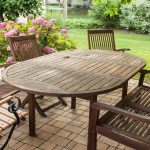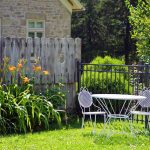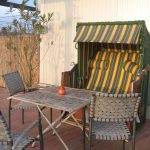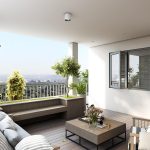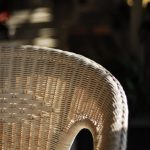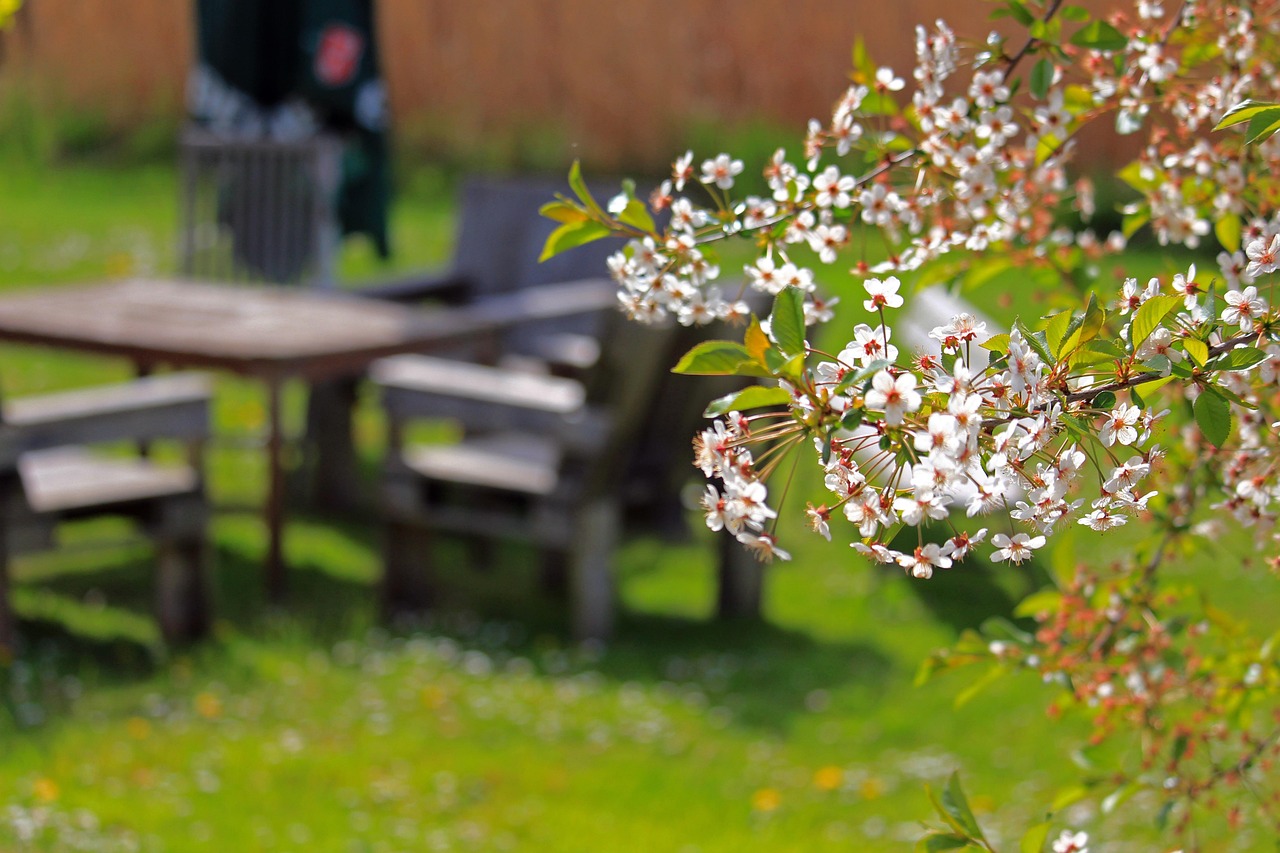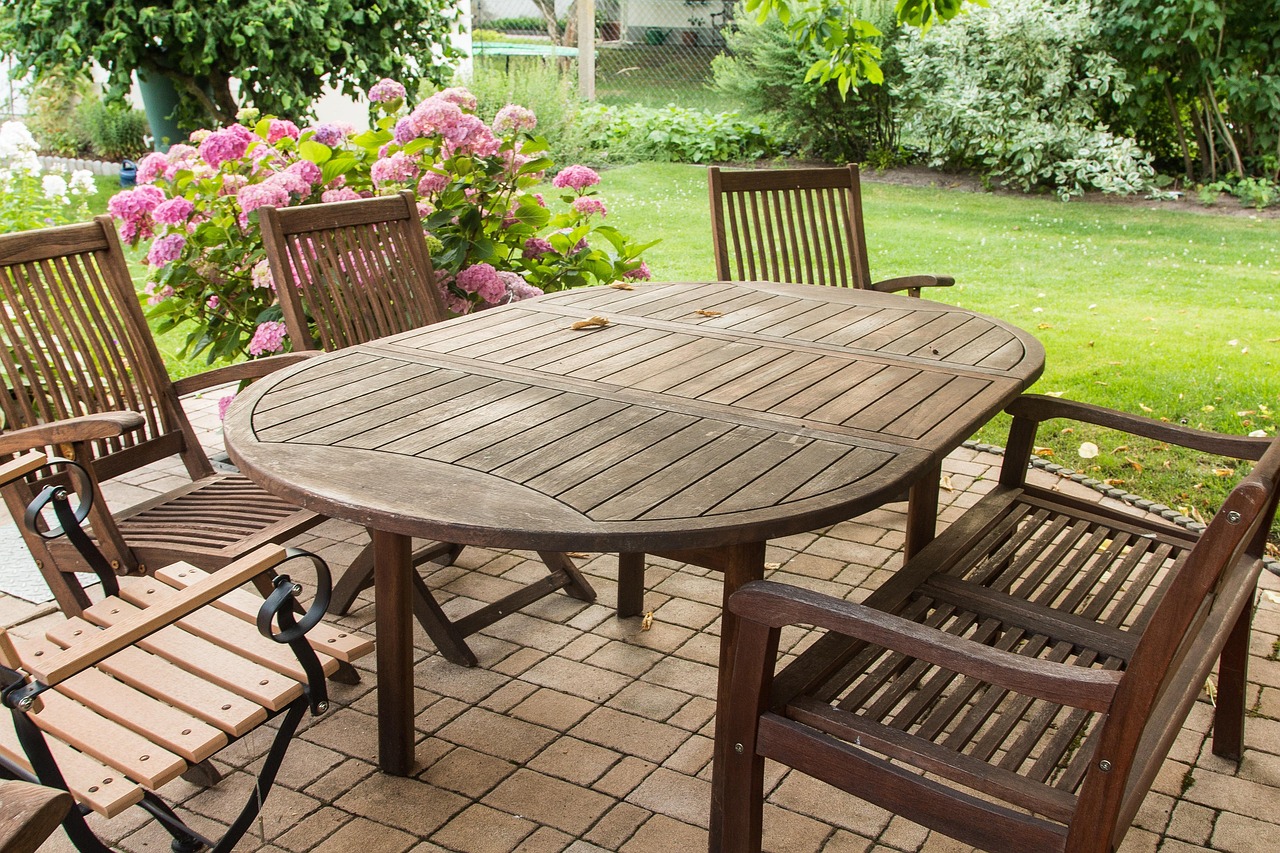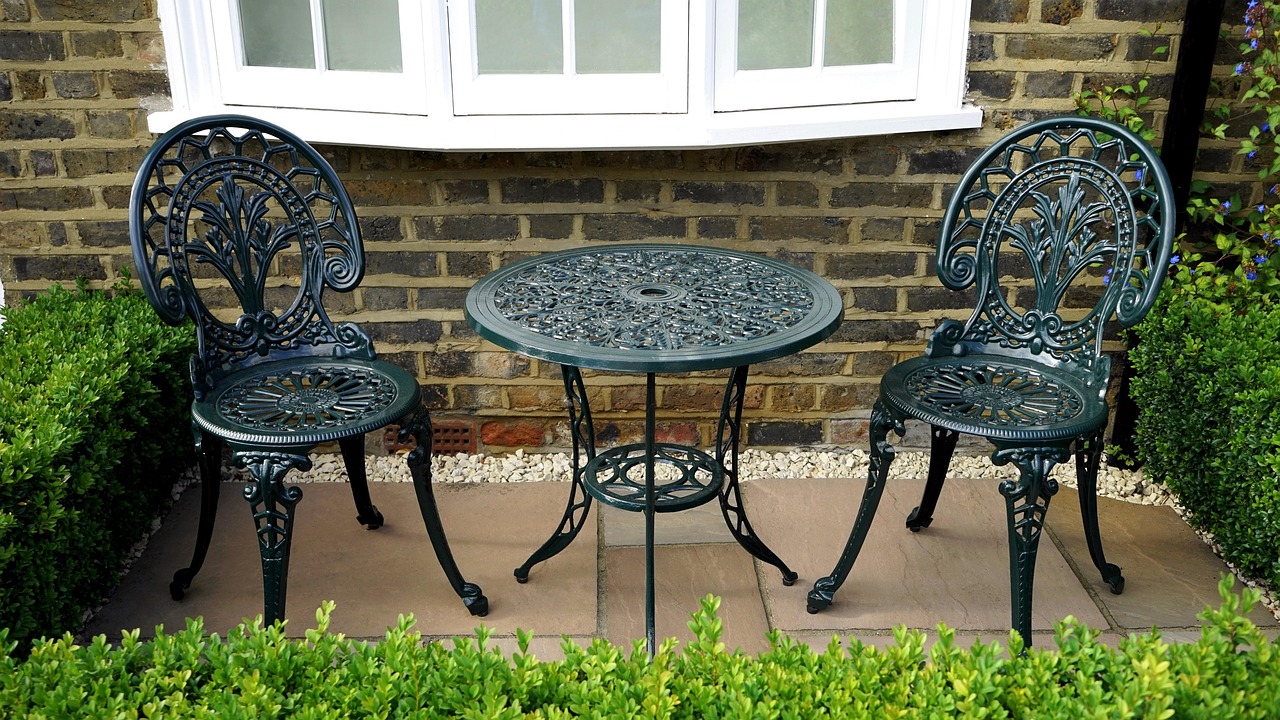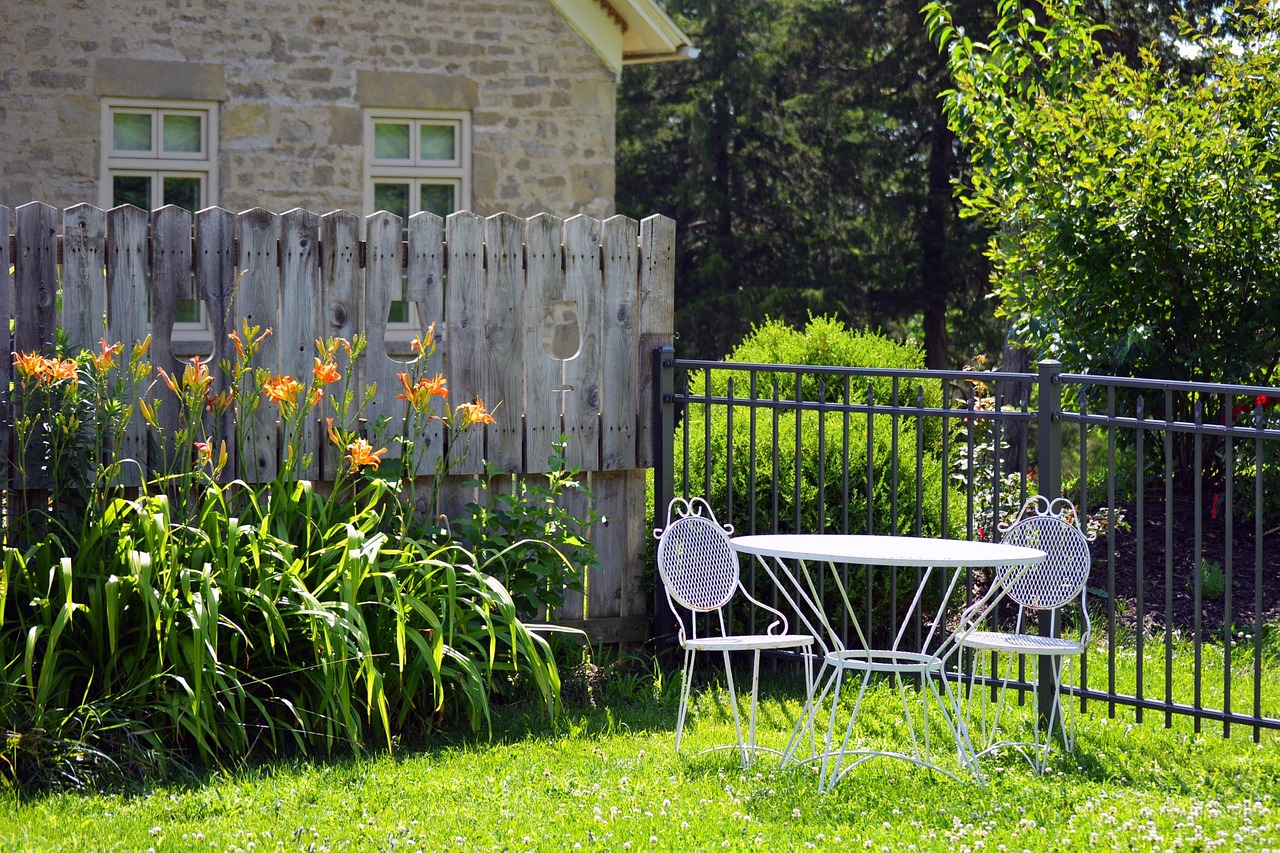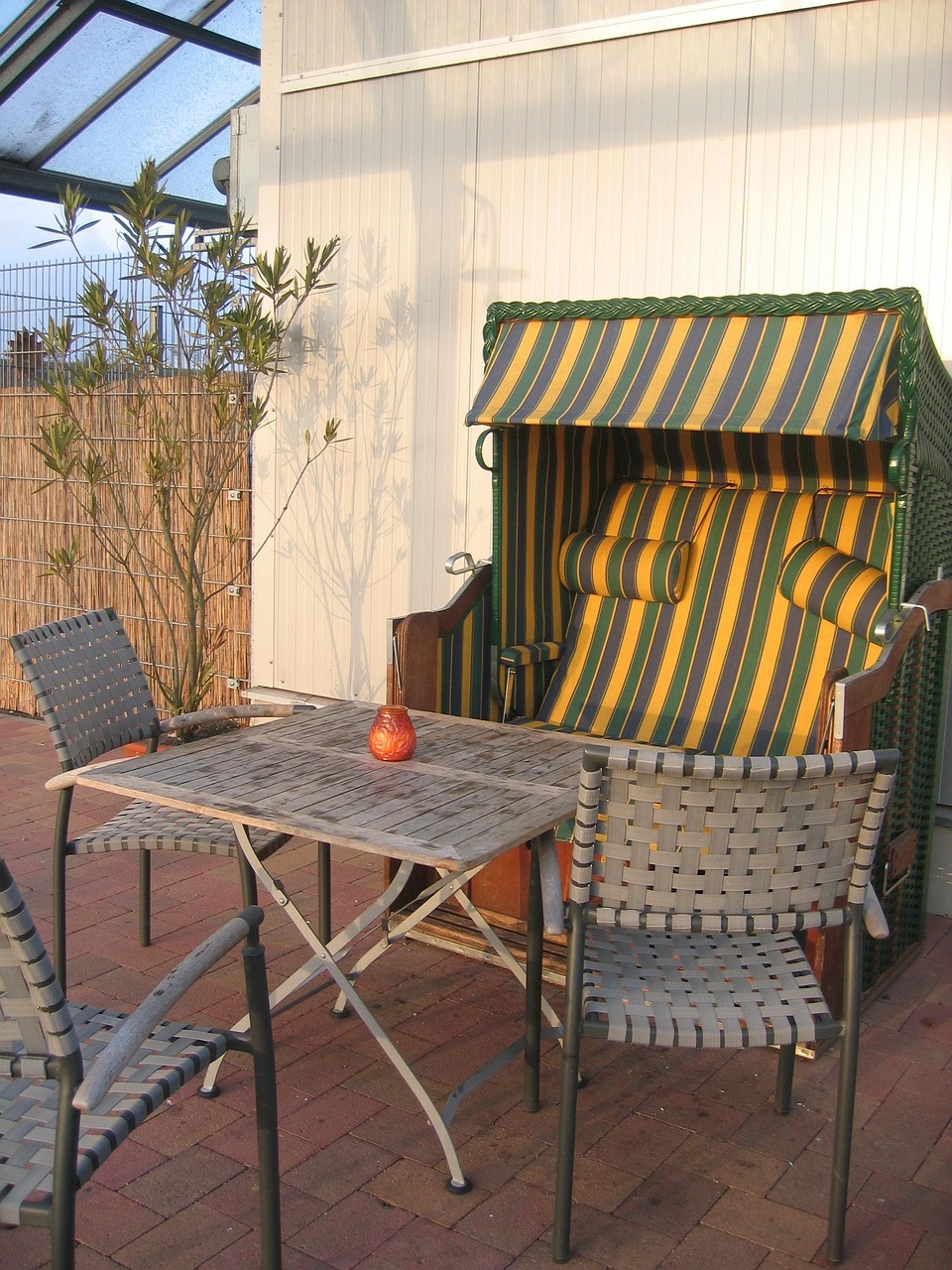Rattan vs. Other Outdoor Furniture: What Makes It Stand Out?
Introduction
In the realm of outdoor furniture, the choice of materials plays a pivotal role in defining both the aesthetic appeal and practical functionality of a space. Among the myriad of options available, rattan furniture has emerged as a popular choice, often celebrated for its natural charm and versatility. However, the decision between rattan and other outdoor furniture materials can be complex, influenced by factors such as durability, maintenance, and style preferences. This article delves into the comparative analysis of rattan versus other outdoor furniture options, exploring how each material contributes to the overall ambiance and usability of outdoor living spaces. By examining the unique characteristics and benefits of rattan alongside alternative materials, we aim to provide a comprehensive guide for those seeking to enhance their outdoor environments with both beauty and practicality.
Overview of Outdoor Furniture Materials
Rattan
Rattan is a popular choice for outdoor furniture due to its natural aesthetic and lightweight structure. It is derived from a type of climbing palm found in tropical regions, making it a sustainable option. Rattan furniture is often woven into intricate patterns, providing a classic and elegant look. It is typically treated to withstand outdoor conditions, though it may require some maintenance to prevent weathering and fading over time.
Synthetic Rattan
Synthetic rattan, also known as resin wicker, is designed to mimic the appearance of natural rattan while offering enhanced durability. Made from polyethylene, it is resistant to UV rays, moisture, and temperature fluctuations, making it ideal for outdoor use. Synthetic rattan furniture is available in a variety of colors and styles, providing versatility in design.
Wood
Wooden outdoor furniture exudes a timeless appeal and can blend seamlessly with natural surroundings. Common types of wood used include teak, cedar, and eucalyptus, each offering unique characteristics.
Teak
Teak is renowned for its durability and resistance to weather conditions. Its natural oils provide protection against moisture and insects, making it a low-maintenance option. Over time, teak develops a silver-gray patina, adding to its charm.
Cedar
Cedar is lightweight and naturally resistant to decay and insects. It has a distinctive aroma and can be left untreated to weather naturally or sealed to maintain its original color.
Eucalyptus
Eucalyptus is a more affordable alternative to teak, offering similar durability and resistance to the elements. It requires regular maintenance to preserve its appearance and longevity.
Metal
Metal furniture is known for its strength and modern aesthetic. Common metals used include aluminum, steel, and wrought iron.
Aluminum
Aluminum is lightweight, rust-resistant, and easy to move, making it a practical choice for outdoor settings. It is often powder-coated to enhance its durability and available in various finishes and colors.
Steel
Steel is heavier and more robust than aluminum, providing stability and strength. It is typically treated with a protective coating to prevent rust and corrosion.
Wrought Iron
Wrought iron is celebrated for its classic and ornate designs. It is extremely durable but requires regular maintenance to prevent rust. It is often coated with a weather-resistant finish to enhance its longevity.
Plastic
Plastic furniture is valued for its affordability, lightweight nature, and ease of maintenance. It is available in a wide range of colors and styles, making it a versatile option for outdoor spaces. High-density polyethylene (HDPE) is a popular choice due to its durability and resistance to fading, cracking, and peeling.
Fabric
Outdoor furniture often incorporates fabric elements, such as cushions and upholstery, to enhance comfort and style. Fabrics used are typically designed to withstand outdoor conditions, with properties such as UV resistance, water repellency, and mildew resistance.
Solution-Dyed Acrylic
Solution-dyed acrylic is a popular fabric choice for outdoor furniture due to its vibrant color retention and resistance to fading. It is also water-resistant and easy to clean, making it suitable for various climates.
Polyester
Polyester fabrics are often treated with a protective coating to enhance their durability and resistance to the elements. They are available in a wide range of colors and patterns, offering flexibility in design.
Aesthetic Appeal of Rattan Furniture
Natural Beauty and Texture
Rattan furniture is renowned for its natural beauty and unique texture, which contribute significantly to its aesthetic appeal. The organic look of rattan, with its intricate weaves and patterns, brings a touch of nature into any outdoor space. The texture of rattan is both visually and tactilely pleasing, offering a sense of warmth and comfort. Its natural hues, ranging from light beige to deep brown, blend seamlessly with outdoor environments, enhancing the overall ambiance.
Versatility in Design
Rattan furniture is incredibly versatile in design, making it suitable for a wide range of outdoor settings. It can be crafted into various styles, from traditional to contemporary, allowing it to complement different aesthetic preferences. The flexibility of rattan allows for the creation of diverse furniture pieces, including chairs, tables, sofas, and loungers, each with its own unique design elements. This versatility ensures that rattan furniture can adapt to various themes and styles, whether it’s a rustic garden or a modern patio.
Timeless Elegance
The timeless elegance of rattan furniture is another key aspect of its aesthetic appeal. Rattan has been used in furniture making for centuries, and its classic look never goes out of style. The enduring charm of rattan furniture lies in its ability to evoke a sense of nostalgia while remaining relevant in contemporary design. Its classic appeal makes it a popular choice for those looking to create an outdoor space that is both stylish and enduring.
Customization Options
Rattan furniture offers a wide range of customization options, allowing homeowners to tailor pieces to their specific tastes and needs. It can be painted or stained in various colors to match existing decor or to create a bold statement. Cushions and upholstery can be added in different fabrics and patterns, providing additional opportunities for personalization. This level of customization ensures that rattan furniture can be as unique as the individuals who choose it, enhancing its aesthetic appeal.
Harmonious Integration with Nature
Rattan furniture’s ability to harmoniously integrate with natural surroundings is a significant factor in its aesthetic appeal. Its organic materials and earthy tones make it an ideal choice for outdoor spaces, where it can blend seamlessly with plants, trees, and other natural elements. This integration creates a cohesive and inviting environment, making outdoor areas feel like an extension of the natural landscape.
Aesthetic Appeal of Other Outdoor Furniture Materials
Wood
Wooden outdoor furniture is renowned for its timeless beauty and natural warmth. The rich grains and textures of wood, such as teak, cedar, and eucalyptus, offer a classic and sophisticated look that blends seamlessly with natural surroundings. The ability to stain or paint wood in various colors allows for customization to match any outdoor decor. Over time, wood develops a unique patina, adding character and depth to the furniture’s appearance. The versatility of wood makes it suitable for both traditional and contemporary settings, providing a sense of elegance and refinement.
Metal
Metal outdoor furniture, including materials like aluminum, wrought iron, and stainless steel, is celebrated for its sleek and modern aesthetic. The clean lines and smooth surfaces of metal pieces contribute to a minimalist and industrial look that is both stylish and functional. Metal furniture often features intricate designs and patterns, adding an artistic element to outdoor spaces. The reflective quality of metal can enhance the visual appeal by catching and reflecting light, creating a dynamic and eye-catching effect. Metal’s durability and ability to be molded into various shapes make it a popular choice for those seeking a contemporary and chic outdoor setting.
Plastic and Resin
Plastic and resin furniture offer a versatile and colorful option for outdoor spaces. Available in a wide range of colors and styles, these materials can mimic the appearance of natural materials like wood and wicker while providing a more affordable and low-maintenance alternative. The lightweight nature of plastic and resin allows for easy rearrangement and storage, making them ideal for dynamic outdoor environments. The vibrant colors and playful designs of plastic furniture can add a fun and lively touch to patios and gardens, appealing to those who prefer a more casual and relaxed aesthetic.
Concrete
Concrete furniture is gaining popularity for its bold and modern aesthetic. The raw and industrial look of concrete adds a unique and edgy element to outdoor spaces. Its solid and substantial appearance creates a sense of permanence and stability, making it a striking focal point in any setting. Concrete can be molded into various shapes and finishes, from smooth and polished to rough and textured, allowing for creative expression and customization. The neutral tones of concrete complement a wide range of color palettes, making it a versatile choice for contemporary and minimalist designs.
Glass
Glass outdoor furniture, often used in tabletops and accents, provides a sleek and sophisticated look. The transparency of glass creates an open and airy feel, making outdoor spaces appear larger and more inviting. Glass surfaces reflect light beautifully, adding a touch of elegance and luxury to the setting. The combination of glass with other materials, such as metal or wood, can enhance the overall aesthetic by creating a harmonious blend of textures and finishes. The modern and refined appearance of glass furniture makes it a popular choice for those seeking a chic and upscale outdoor environment.
Practicality and Durability of Rattan Furniture
Material Composition and Types
Rattan furniture is crafted from the stems of a tropical palm plant, which is known for its flexibility and strength. There are two main types of rattan used in furniture making: natural rattan and synthetic rattan. Natural rattan is derived directly from the plant, while synthetic rattan, often referred to as resin wicker, is made from polyethylene or other durable materials designed to mimic the appearance of natural rattan. Both types offer unique benefits in terms of practicality and durability.
Weather Resistance
Natural rattan is not inherently weather-resistant and can be susceptible to damage from prolonged exposure to moisture and sunlight. To enhance its durability, natural rattan furniture is often treated with protective coatings or finishes that help resist water and UV rays. On the other hand, synthetic rattan is specifically designed to withstand outdoor conditions. It is highly resistant to rain, humidity, and UV exposure, making it an ideal choice for outdoor settings where weather conditions can be unpredictable.
Maintenance and Care
Maintaining rattan furniture is relatively straightforward, but the approach differs slightly between natural and synthetic types. Natural rattan requires regular cleaning with a damp cloth and occasional application of a protective oil or varnish to maintain its appearance and prevent drying or cracking. Synthetic rattan, being more resilient, requires minimal maintenance. It can be easily cleaned with soap and water, and its color and structure remain intact even after prolonged exposure to the elements.
Longevity and Wear
The longevity of rattan furniture largely depends on the type and quality of the material used. High-quality natural rattan furniture, when properly maintained, can last for many years, though it may show signs of wear over time, such as fading or fraying. Synthetic rattan, due to its robust construction, typically offers a longer lifespan and retains its aesthetic appeal with minimal signs of wear. Its resistance to common outdoor issues like mold, mildew, and pests further contributes to its durability.
Versatility and Adaptability
Rattan furniture is known for its versatility, as it can be easily moved and rearranged to suit different outdoor spaces. Its lightweight nature makes it practical for those who frequently change their outdoor layout or need to store furniture during off-seasons. The adaptability of rattan furniture is enhanced by the wide range of styles and designs available, allowing it to complement various outdoor aesthetics while providing functional seating and lounging options.
Practicality and Durability of Other Outdoor Furniture Materials
Metal
Aluminum
Aluminum is a popular choice for outdoor furniture due to its lightweight nature and resistance to rust and corrosion. This makes it easy to move and ideal for areas with high humidity or frequent rain. Aluminum furniture often features a powder-coated finish, which enhances its durability and provides a variety of color options. However, it can be prone to denting and may require cushions for comfort, as it can become hot in direct sunlight.
Steel
Steel is known for its strength and durability, making it suitable for outdoor furniture that needs to withstand heavy use. Galvanized or stainless steel options offer enhanced resistance to rust and corrosion. Steel furniture is heavier than aluminum, providing stability in windy conditions. It may require regular maintenance, such as repainting or applying a protective finish, to prevent rust over time.
Wrought Iron
Wrought iron is celebrated for its classic aesthetic and durability. It is extremely strong and can withstand harsh weather conditions. The weight of wrought iron furniture provides stability, but it can be cumbersome to move. It requires regular maintenance to prevent rust, including repainting and applying rust-resistant coatings. Cushions are often necessary for comfort due to its hard surface.
Wood
Teak
Teak is a premium wood choice for outdoor furniture, known for its natural oils that resist water and pests. It is highly durable and can last for decades with proper care. Teak develops a silver-gray patina over time, which is often desired for its aesthetic appeal. Regular cleaning and occasional oiling can maintain its original color and extend its lifespan.
Cedar
Cedar is valued for its natural resistance to insects and decay. It is lightweight and has a pleasant aroma. Cedar furniture can withstand moisture but may require sealing or staining to maintain its appearance and prevent weathering. Over time, cedar develops a rustic, weathered look, which some find appealing.
Eucalyptus
Eucalyptus is a more affordable alternative to teak, offering similar durability and resistance to moisture and insects. It is a sustainable option, as it grows quickly and is readily available. Eucalyptus furniture requires regular oiling to maintain its color and prevent cracking or drying out.
Synthetic Materials
Resin Wicker
Resin wicker, also known as all-weather wicker, is made from synthetic materials like polyethylene. It mimics the look of natural wicker but offers superior durability and weather resistance. Resin wicker is lightweight, easy to clean, and resistant to fading, cracking, and peeling. It is ideal for outdoor use in various climates, though it may require cushions for added comfort.
Plastic
Plastic furniture is an economical and practical choice for outdoor settings. It is lightweight, easy to clean, and resistant to moisture and UV rays. High-density polyethylene (HDPE) is a more durable option that can withstand harsh weather conditions without fading or cracking. Plastic furniture is available in a wide range of colors and styles, though it may lack the aesthetic appeal of natural materials.
Composite Materials
Polywood
Polywood is a type of composite material made from recycled plastics, offering an eco-friendly option for outdoor furniture. It is highly durable, resistant to moisture, and does not require painting or sealing. Polywood furniture is available in various colors and styles, mimicking the appearance of painted wood. It is heavy enough to withstand windy conditions and requires minimal maintenance.
High-Pressure Laminate (HPL)
High-pressure laminate is a durable material made by compressing layers of kraft paper and resin under high pressure. It is resistant to scratches, moisture, and UV rays, making it suitable for outdoor use. HPL furniture is available in a variety of colors and patterns, offering a modern aesthetic. It is easy to clean and maintain, though it may be more expensive than other synthetic options.
Cost Considerations and Value for Money
Initial Investment
When considering outdoor furniture, the initial cost is a significant factor. Rattan furniture, particularly natural rattan, can be more expensive upfront compared to other materials like plastic or aluminum. This is due to the craftsmanship involved in weaving natural rattan and the quality of the material itself. Synthetic rattan, often made from polyethylene, tends to be more affordable while still offering a similar aesthetic appeal. In contrast, materials like plastic are generally the most budget-friendly option, though they may lack the visual appeal and durability of rattan.
Longevity and Durability
The longevity of outdoor furniture is crucial in determining its value for money. Natural rattan, while beautiful, is susceptible to weather damage if not properly maintained, which can affect its lifespan. Synthetic rattan, however, is designed to withstand various weather conditions, making it a more durable option. Other materials like metal or treated wood can also offer long-lasting durability, but they may require regular maintenance to prevent rust or decay. Investing in furniture that lasts longer can provide better value over time, even if the initial cost is higher.
Maintenance Costs
Maintenance is another important consideration when evaluating the cost-effectiveness of outdoor furniture. Natural rattan requires regular upkeep, including cleaning and protection from moisture, to maintain its appearance and structural integrity. Synthetic rattan is generally low-maintenance, needing only occasional cleaning. Other materials, such as metal, may require treatments to prevent rust, while wood might need sealing or staining. The cost and effort involved in maintaining the furniture should be factored into the overall value for money.
Aesthetic Value
The aesthetic value of outdoor furniture can also influence its perceived worth. Rattan furniture is often praised for its timeless and versatile design, which can enhance the visual appeal of outdoor spaces. This aesthetic appeal can justify a higher price point for many consumers. Other materials, like metal or wood, offer different styles that may or may not align with personal preferences. The value derived from the aesthetic appeal is subjective but plays a crucial role in the overall satisfaction with the purchase.
Resale Value
Resale value is an often-overlooked aspect of cost considerations. High-quality rattan furniture, especially well-maintained pieces, can retain a significant portion of their value over time. This is particularly true for designer or branded rattan furniture. In contrast, lower-cost materials like plastic may not have a substantial resale market. The potential to recoup some of the initial investment through resale can enhance the overall value for money of rattan furniture.
Environmental Impact
The environmental impact of the materials used in outdoor furniture can also be a factor in assessing value for money. Natural rattan is a renewable resource, making it an eco-friendly option. Synthetic rattan, while not biodegradable, is often recyclable. Other materials, such as plastic, may have a higher environmental cost due to their production processes and disposal issues. Consumers increasingly value sustainability, which can influence their perception of value for money when choosing outdoor furniture.
Conclusion
Aesthetic Appeal
Rattan furniture offers a unique, natural aesthetic that seamlessly blends with outdoor environments, providing a warm and inviting atmosphere. Its organic texture and versatile design options make it a popular choice for those seeking a stylish yet relaxed outdoor setting. Other outdoor furniture materials, such as metal, wood, and plastic, each bring their own distinct aesthetic qualities. Metal often provides a sleek, modern look, while wood offers a classic, timeless appeal. Plastic, on the other hand, can mimic various styles and colors, offering flexibility in design.
Practicality and Durability
Rattan furniture, particularly when treated for outdoor use, can be quite durable, resisting various weather conditions. However, it may require more maintenance to prevent wear and tear over time. Other materials like metal and certain types of treated wood are known for their robustness and longevity, often requiring less frequent maintenance. Plastic furniture, while generally less durable, offers the advantage of being lightweight and easy to clean, making it a practical choice for many.
Cost Considerations and Value for Money
Rattan furniture can vary widely in cost, often reflecting the quality of materials and craftsmanship. It can offer good value for money, especially when considering its aesthetic appeal and comfort. Other materials also present a range of price points, with metal and high-quality wood often being more expensive but offering long-term durability. Plastic furniture tends to be more budget-friendly, providing a cost-effective solution for those prioritizing affordability.
